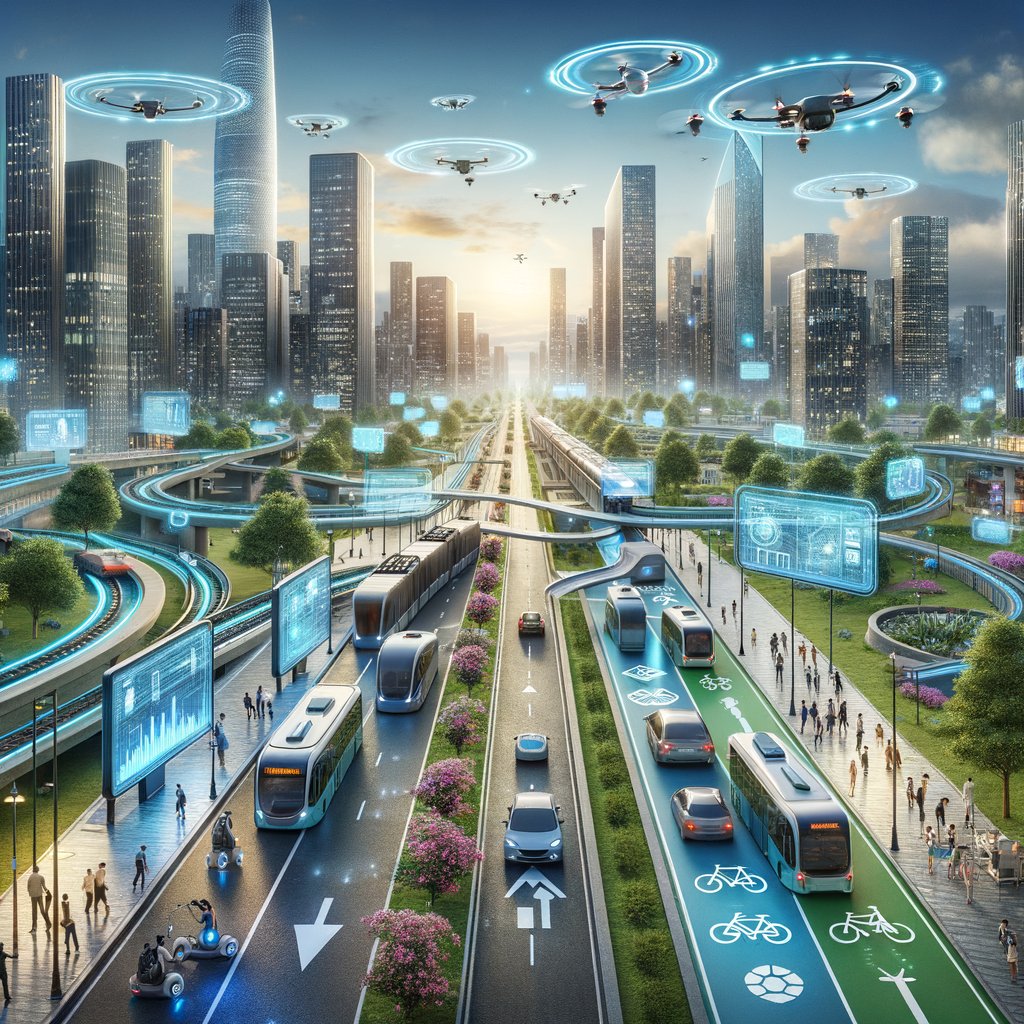Physical Address
304 North Cardinal St.
Dorchester Center, MA 02124
Physical Address
304 North Cardinal St.
Dorchester Center, MA 02124

The advent of smart cities has brought about a paradigm shift in urban transport. As the world continues to grapple with issues like congestion, pollution, and inefficient public transport systems, the concept of smart cities offers a beacon of hope. This article delves into what smart cities are and how they are revolutionising urban transport.
A smart city is an urban area that uses different types of electronic Internet of Things (IoT) sensors to collect data. Insights gained from this data are used to manage assets, resources and services efficiently; in return, this data is used to improve the quality of life for its residents.
The key components that make up a smart city include infrastructure, technology, and people. The integration of these elements enables a city to respond more effectively and dynamically to the needs and desires of its citizens.
One of the most significant areas where smart cities can make a difference is in urban transport. With traffic congestion becoming an increasingly prevalent issue in many cities around the world, there is a pressing need for smarter solutions. Here’s how smart cities are shaping urban transport:
Smart cities utilise intelligent traffic management systems that leverage real-time data to optimise traffic flow. These systems use AI algorithms to analyse traffic patterns, predict congestion points, and adjust signal timings accordingly. This results in reduced travel times, lower emissions from idling vehicles, and improved road safety.
Innovation in autonomous vehicle technology is another key aspect of smart city initiatives. Self-driving cars have the potential to dramatically reduce traffic congestion, as they can operate more efficiently than human-driven vehicles. In a smart city, autonomous vehicles could communicate with each other and the infrastructure around them to optimise traffic flow and reduce accidents.
Smart cities are also redefining public transport through the use of digital technologies. Real-time tracking of buses and trains allows passengers to plan their journeys better, reducing waiting times and improving overall service quality. Furthermore, smart ticketing systems enable seamless multi-modal travel, making public transport a more attractive option for commuters.
To better understand how smart cities are shaping urban transport, let’s look at some real-world examples:
Singapore is often hailed as one of the world’s leading smart cities. The city-state has implemented an intelligent transport system that uses data analytics to manage traffic flow effectively. Additionally, Singapore is actively testing autonomous vehicles on its roads and has an extensive public transport network equipped with real-time tracking and cashless payment systems.
In Barcelona, the focus is on creating a sustainable urban mobility system. The city has integrated multiple modes of transport into a single app that residents can use to plan their journeys efficiently. Moreover, Barcelona has installed sensors throughout the city to monitor air quality and noise levels, using this data to make informed decisions about traffic management.
The future looks promising for urban transport in smart cities. As technology continues to evolve at an unprecedented rate, we can expect further advancements in areas like AI-powered traffic management systems and autonomous vehicles.
Moreover, as more people move towards shared mobility solutions such as ride-hailing services and car-sharing platforms, smart cities will need to adapt their transport infrastructures accordingly. This could involve creating dedicated lanes for shared vehicles or implementing dynamic pricing models to manage demand effectively.
Ultimately, the goal of smart cities is to create an urban environment where technology serves the needs of its citizens, making their lives more comfortable, efficient, and sustainable. And in this endeavour, reshaping urban transport will undoubtedly play a pivotal role.